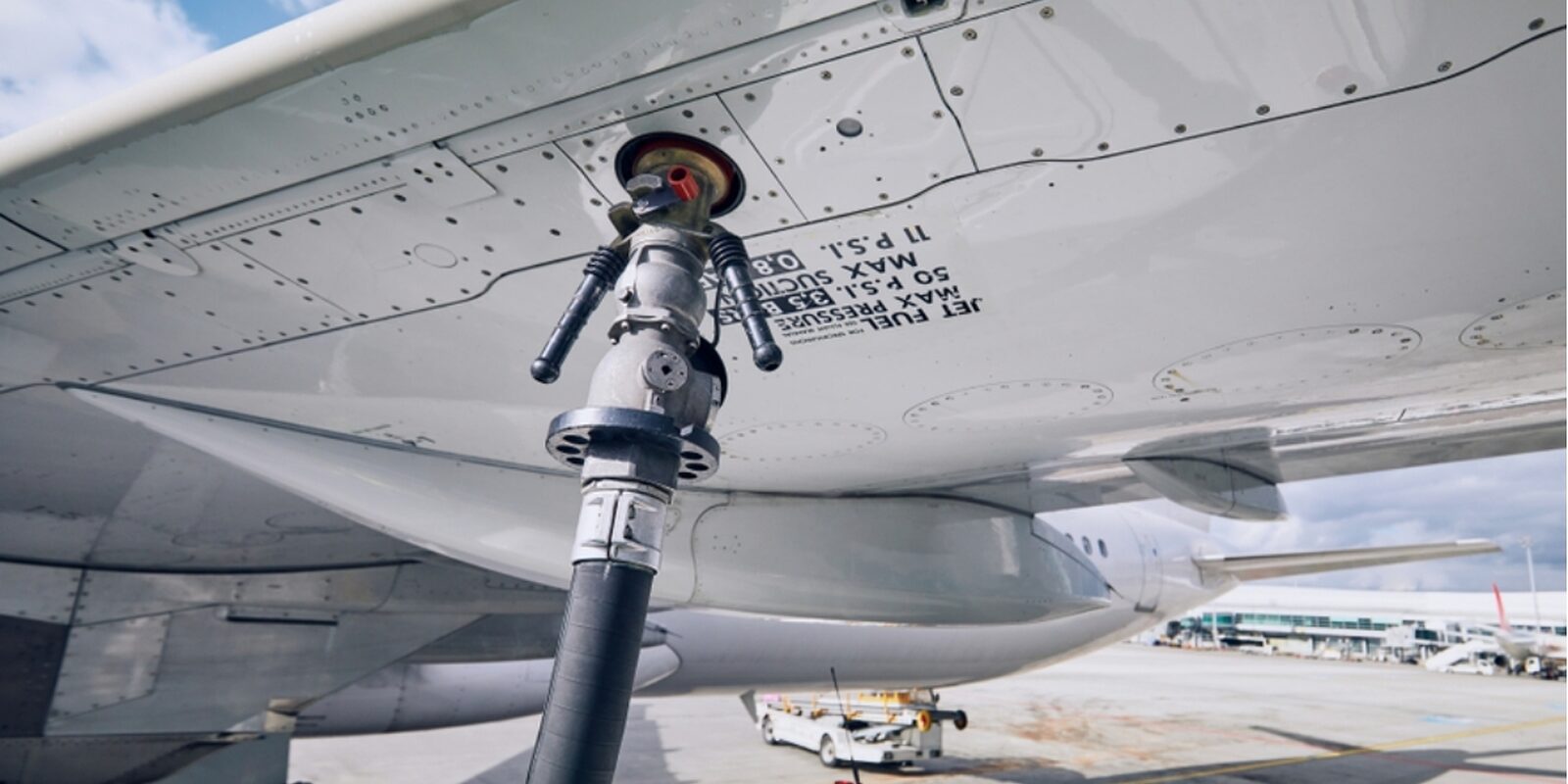

Thanks to modern technology and decades of incremental improvements, the fuel transfer pumps of today are extraordinarily reliable and long lasting. Used by a diverse range of industries from agriculture to aviation, fuel transfer pumps made by brands like Gorman-Rupp are certainly designed to last - but even they have their limits.
A lack of maintenance can drastically shorten the lifespan of even the finest quality pump, as can failing to address technical faults when they present themselves. With that in mind, we’ve decided to put together a comprehensive guide to the maintenance requirements of fuel transfer pumps, along with tips and tricks to help you troubleshoot common problems.
For those new to the industry, let’s first recap the role of fuel transfer pumps and how they work. As their name suggests, these specially-designed pumps are built to transfer fuel from a tank or container into either another container or a nozzle, allowing it to be dispensed into a vehicle.
Several different types of fuel transfer pump exist, though the most commonly used nowadays are self-priming centrifugal pumps. Because they’re self-priming, they require less maintenance and manual intervention than most other styles of pump. Plus, their self-lubricated seals are able to last for much longer than seals which have to be manually lubricated, thus extending the lifespan of the pump.
Before we dive into specifics, let’s cover the importance of maintenance - and the consequences of delaying it or failing to carry it out entirely.
We’ve said it before and we’ll say it again: prevention is better than cure. As with a vehicle or any other piece of machinery, regular servicing and inspections are essential if you want to maximise the lifespan of your pump. Not only can regular maintenance save you money in the long run, it can save you a whole lot of hassle.
Any downtime is bad news and, with poor maintenance, downtime will become a far more regular occurrence. Here are our top pump maintenance tips to help you stay one step ahead and keep your pump in fine fettle.
For starters, remember that each and every pump is different. Depending on the manufacturer and model, the maintenance requirements will vary - and they may vary further still depending on your specific application. What follows is a rough guide, and may not directly apply to your make and model of pump.
Some manufacturers specify biennial servicing requirements, which are more in-depth again than the annual ones detailed above. Every two years, the pump should be fully dismantled to allow for a detailed inspection of the internal components, like O-rings, impellers and wear plates. If these look worn out, now is the time to replace them.
Although servicing will help reduce the wear rate of internal components, it won’t prolong their lifespan indefinitely: there is always going to come a time when something fails and requires replacement. When you’re troubleshooting a problem, here’s what to look out for:
Pumps that will last. With surface mounted pumps, there's less downtime, fewer breakdowns, and lower maintenance costs.
Expert advice. We know pumps inside and out.
Seamless integration. Our pumps fit into your system with ease.
Reliable support. We're trusted by customers nationwide.
We’ll help you find the right solution for your pump application. Our pumps are more efficient, more cost-effective, and hassle-free.
Get in touch
Get in touch with one of our technical experts today who would be happy to assist you.
© 2025 - Hydromarque. All rights reserved.